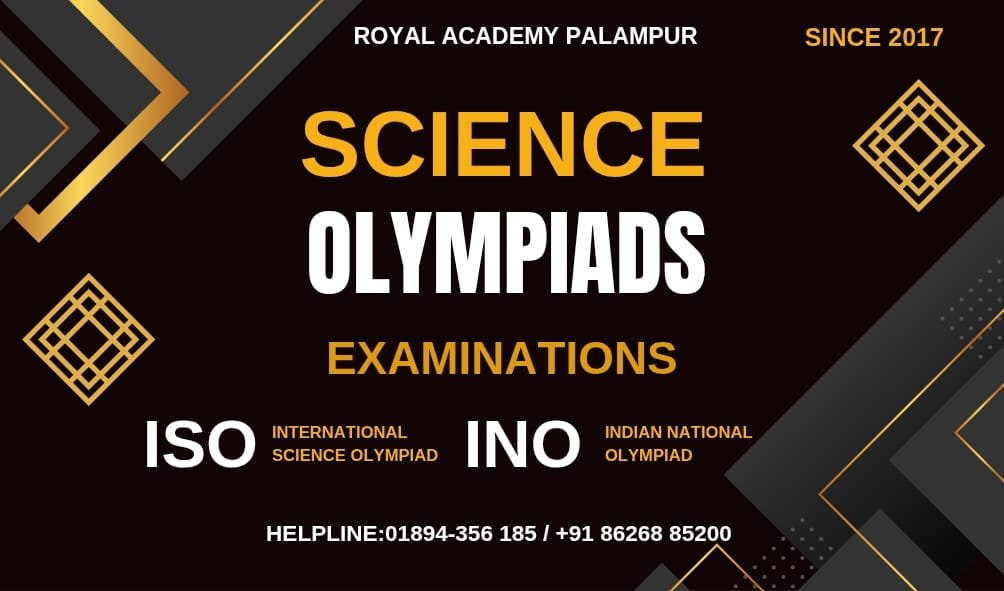ISO
February 9, 2025 2025-02-16 10:11ISO
ISO

About This Course
- The International Space Olympiad is a global quiz competition focused on space science and technology. Every year, with the goal of exciting and encouraging skills in the disciplines of space science and technology, as well as increasing children’s aptitude.
- Frequency: The ISO is held once a year.
- Exam Dates: The preliminary level exam for 2024 is scheduled for 10th and 11th August1. The dates for the intermediate and final levels are announced after the preliminary round.
Eligibility
Students studying in Grades 5-12 all over the world can participate in International Space Olympiad. Students are sub divided into three different categories and each category will have separate competition and so are the Prizes.
- The Categories are:
- Category 1: ISO Juniors :- The students studying in grades 5-7 fall under this category.
- Category 2: ISO Seniors :- The students studying in grades 8-10 belong to this category.
- Category 3: ISO Super Seniors :- The students studying in grades 11-12 are included in this category.
Levels
The International Space Olympiad has three online exam levels: preliminary, intermediate, and final. Candidates who qualify the initial round may proceed to the next levels.
Competition Structure
- International Space Olympiad 2024 is designed to have three rounds of competition.
- In each exam candidate will answer 30 questions in 10 minutes of time. Candidates who qualify in the first round is eligible for the next round. The title prize winner of International Space Olympiad is the Topper of ISO Final Level Examination.
- Round 1 (Preliminary Level) : Syllabus 1
- Round 2 ( Intermediate Level): Syllabus 2
- Round 3 ( Final Level) : Syllabus 3
The Winners of each category will get a never before opportunities to visit NASA.
Best Books
|
Physics |
Royal Book for Physics |
|
Chemistry |
Royal Book for Chemistry |
|
Mathematics |
Royal Book for Mathematics |
|
Biology |
Royal Book for Biology |
Why to join us?
- Experienced Faculty: Teachers with in-depth knowledge and teaching experience.
- Comprehensive Study Material: Well researched and regularly updated study resources.
- Structured Course Plan: A well-planned curriculum covering all aspects of the syllabus.
- Regular Classes: Consistent and punctual classes with sufficient time for doubt clearance.
- Practice Tests and Mock Exams: Regular assessments to simulate the actual exam experience.
- Personalized Attention: Small batch sizes or individual focus for better understanding.
- Technology Integration: Utilization of digital tools and resources for enhanced learning.
- Doubt Clearance Sessions: Separate sessions for clarifying doubts and reinforcing concepts.
- Performance Tracking: Regular evaluation and feedback to monitor progress.
- Results-Oriented Approach: A focus on achieving high scores and selection in top institutions.
Syllabus
|
Detailed Syllabus |
Corresponding Links |
|
PRELIMINARY LEVEL |
The Earth Atmosphere and layers. Orbit of Earth and Tilt of the axis. Everyday phenomenon – Rising and Setting of Sun and Other Stars. Yearly phenomenon – seasonal variation. The Moon Phases of the moon, Tides, Formation of the moon, Major Lunar missions. The Solar System Sun, Planets, Asteroids, Comets, Dwarf planets – Major features. Our nearest stars, Our galaxy, Local Group of Galaxy, Large Scale Structure of the Universe |
|
INTERMEDIATE LEVEL
|
Astrophysics of stars Sun- Energy source, Structure and Evolution. Stellar Evolution of high mass Stars – Supernova, Neutron stars and Black holes Measurement in astrophysics Distance Measurement – Cosmic Distance Ladder, Velocity – Dopler effect, Red and Blue Shifts, Chemical Composition – Dispersion and Spectra. Cosmology Hubble’s law – Expanding Universe, Big Bang, Cosmic Microwave Background and Dark Energy |
|
FINAL LEVEL |
Space missions Types of space missions- Fly-by, Impactor, Lander, Rover etc with Important Examples Types of satellites – by its orbit and by its use with important examples. Major space missions and satellites Telescopes Types of telescopes – Based on technology and based on observing wavelength Space Telescopes – Major Space Telescopes Neutrino observatories, Gravitational wave observatories, and cosmic ray observatories Major observatories on earth. History of Space Exploration Important Space Missions- Manned Missions, Unmanned Missions. Important Space Agencies, Space Spin-offs. |
Updated Soon!
Previous Year Question Papers
|
2024 Question Paper |
2019 Question Paper |
|
2023 Question Paper |
2018 Question Paper |
|
2022 Question Paper |
2017 Question Paper |
|
2021 Question Paper |
2016 Question Paper |
|
2020 Question Paper |
2015 Question Paper |
₹ 25,000 - 35,000

